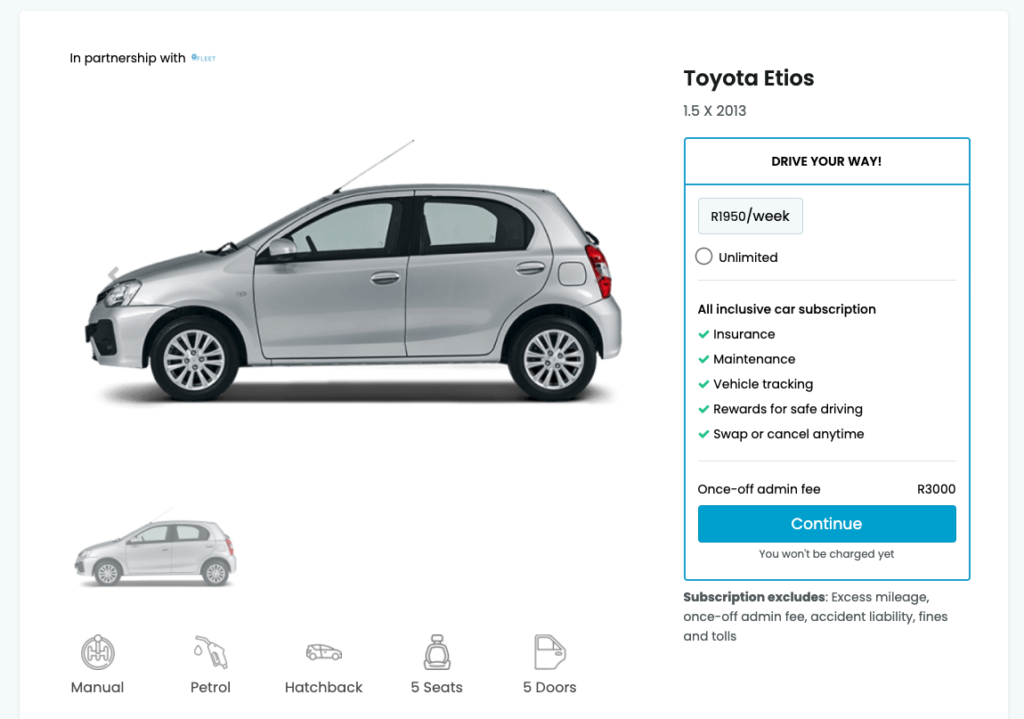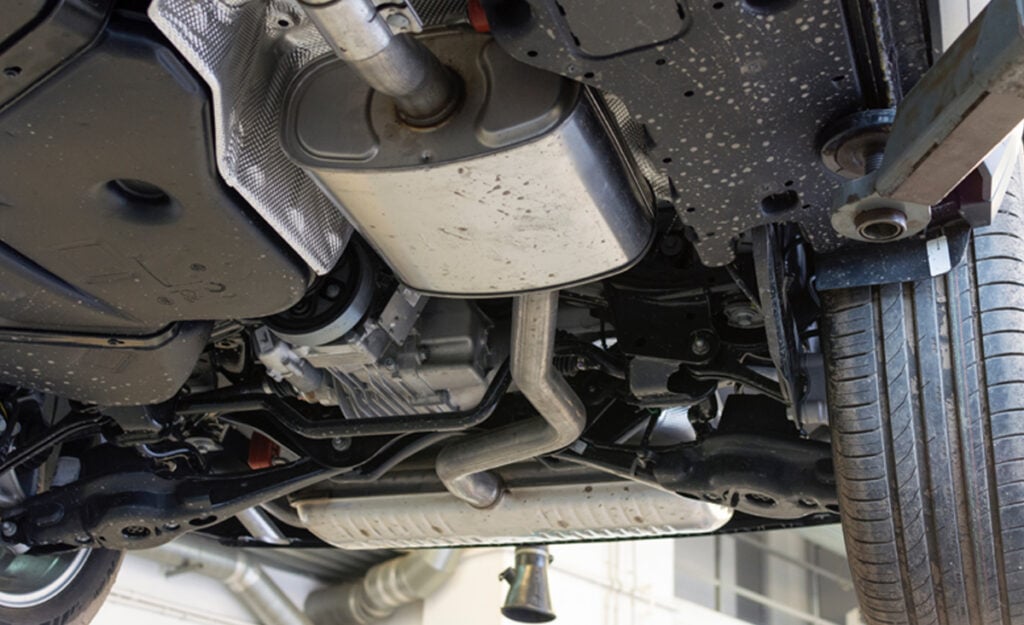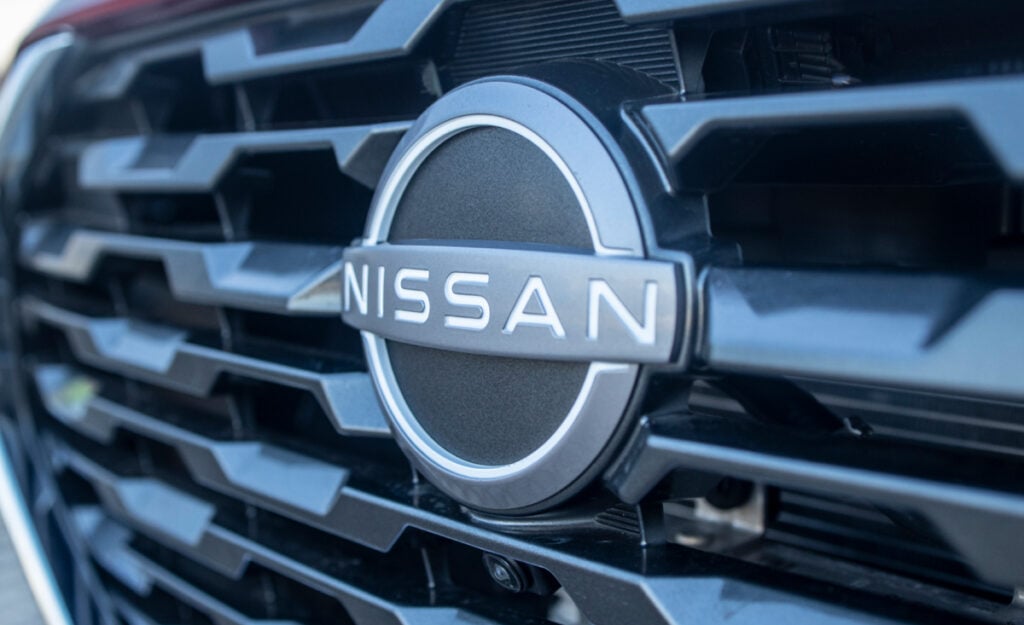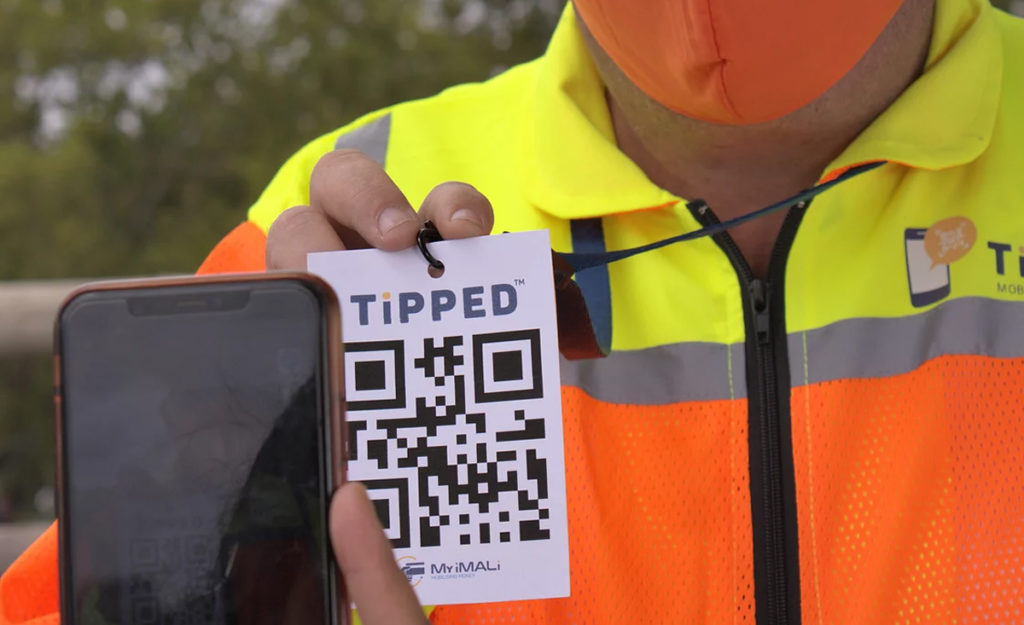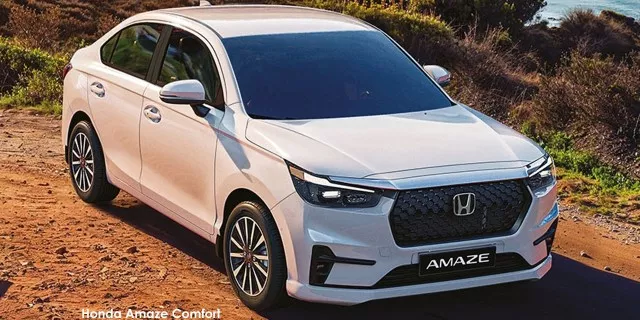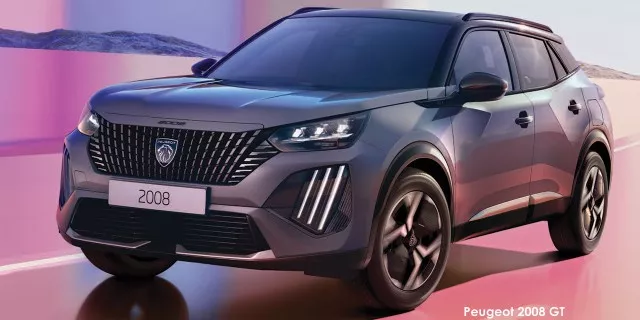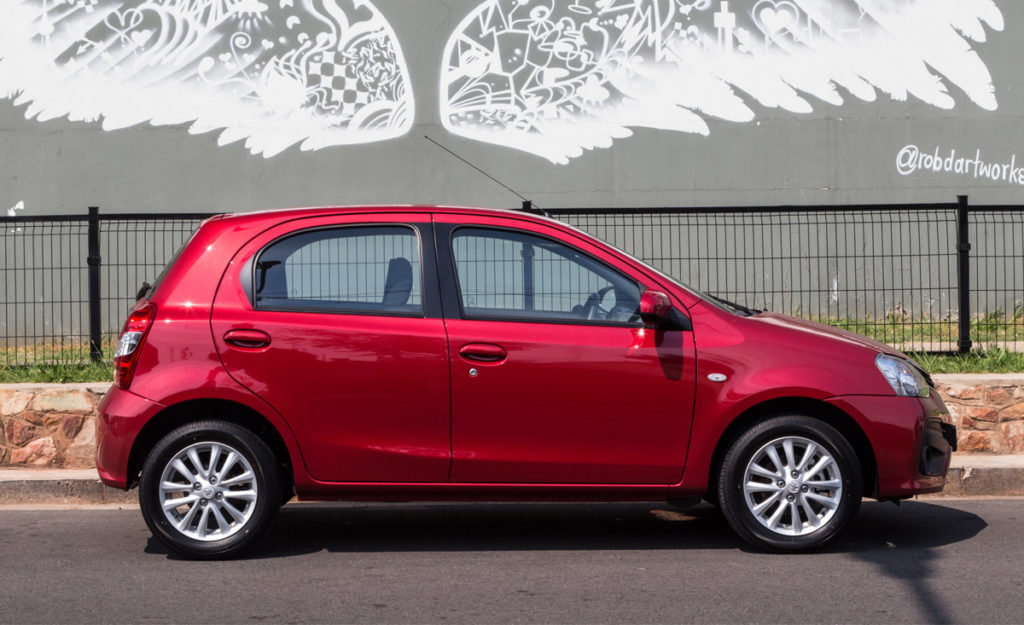
If you are interested in working as an Uber driver and need a car, you can rent a Toyota Etios for R1,950 per week.
This is what we found when looking at FlexClub, a new online car rental platform which offers vehicles to private drivers and those looking to work for ride-hailing services.
The weekly rental fee for the car is “all inclusive”, and includes:
- Rental of the car
- Insurance
- Maintenance
- Vehicle tracking
Drivers can also swap their car or cancel their subscription at any time, states the FlexClub website.
A once-off admin fee, accident liability, fines, tolls, and fuel costs are not covered by the weekly fee, however.
The once-off admin fee is listed as R3,000 for the Toyota Etios “Uber” rental.
Uber Go
The Toyota Etios is one of many cars which meets the requirements to use the Uber Go platform as a driver.
Uber Go was launched to allow drivers with “smaller vehicles” – including hatchbacks and older sedans – to work through the Uber platform.
“We believe that these types of vehicles make it more affordable than ever to access and operate on the Uber app,” states Uber.
To qualify for Uber Go, a driver’s vehicle must either be a 5-door hatchback from 2013 onwards or 4-door sedan from 2011 onwards.
It must then meet the following requirements:
- Seat at least four passengers in addition to the driver
- Have working windows and air conditioning
- Not be a full-sized vans or truck
- Not be a taxi cab, government car, or “marked” vehicle
- Not be a salvaged or rebuilt vehicle
In the case of the Toyota Etios on offer, it meets these requirements and features air conditioning, electric windows, and ABS.
How much do Uber drivers earn?
To cover this rental fee, an Uber driver will need to ensure the fares they receive – minus deductions from Uber and fuel expenses – at least equal the weekly rental figure.
Exactly how much money you make through the ride-hailing service, however, depends on multiple factors.
“The money you make with Uber depends on when, where, and how often you drive,” stares Uber.
The factors are linked to:
- Standard fares – paid for each completed trip, and vary depending on which city you work in.
- Surge pricing – where drivers earn more when there is high demand for Ubers in their area.
